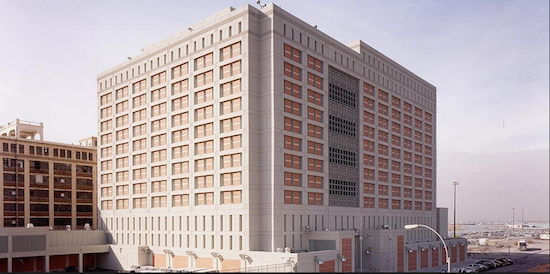Warden at Brooklyn’s Metropolitan Detention Center speaks to Bay Ridge Colonial Club

Herman Quay, warden at the U.S. Federal Bureau of Prisons, was the guest speaker of at the Colonial Club of Bay Ridge’s bimonthly meeting at Gino’s restaurant on Thursday. He was joined by Cindy Hugar, executive assistant at the Metropolitan Detention Center (MDC).
Quay spoke about the Federal Bureau of Prisons and the history of MDC, the programs it offers and its success rate of inmate rehabilitation. MDC, the largest federal detention center in the country, is located at 29th Street and Third Avenue in Park Slope.
Quay has been with MDC since December 2015 and has spent 23 years working with the Federal Bureau of Prisons. He began his career as a corrections officer and, prior to coming to Brooklyn, was a warden at the federal institution in Danbury, Connecticut.
